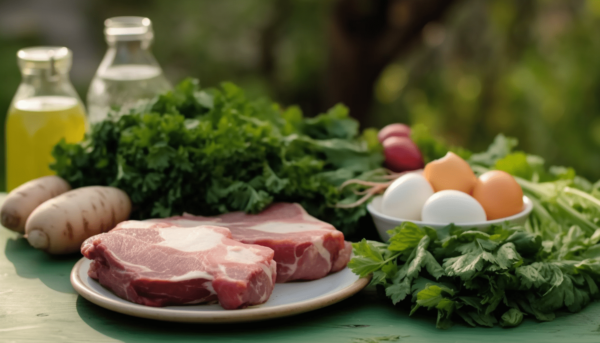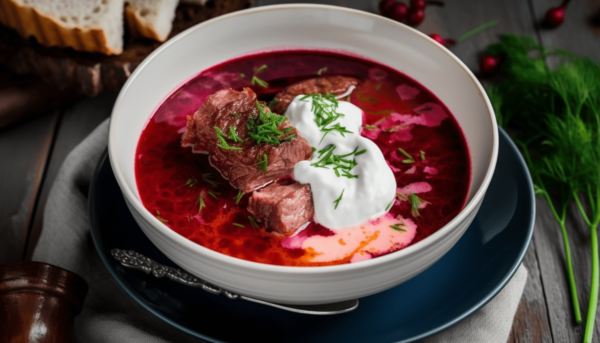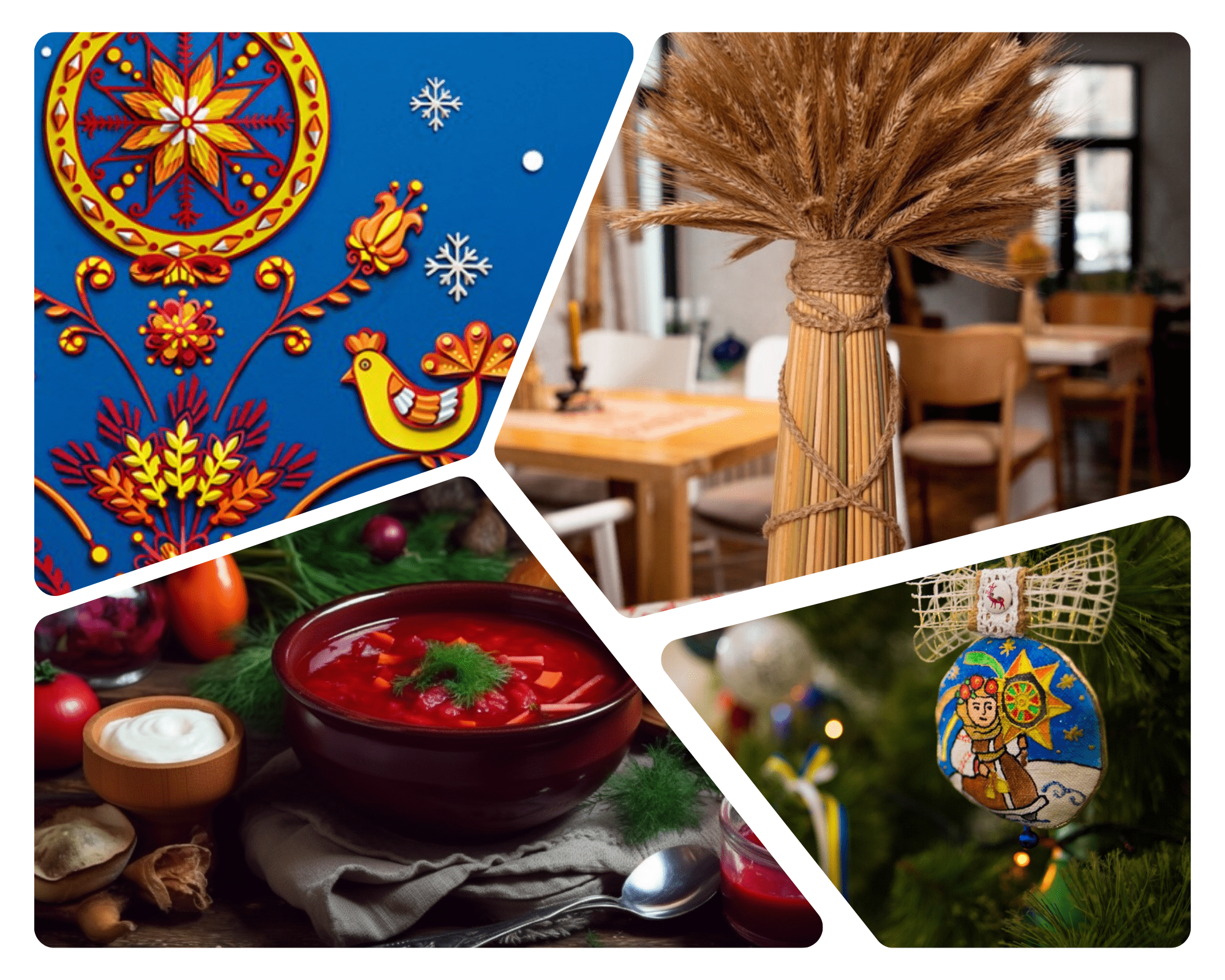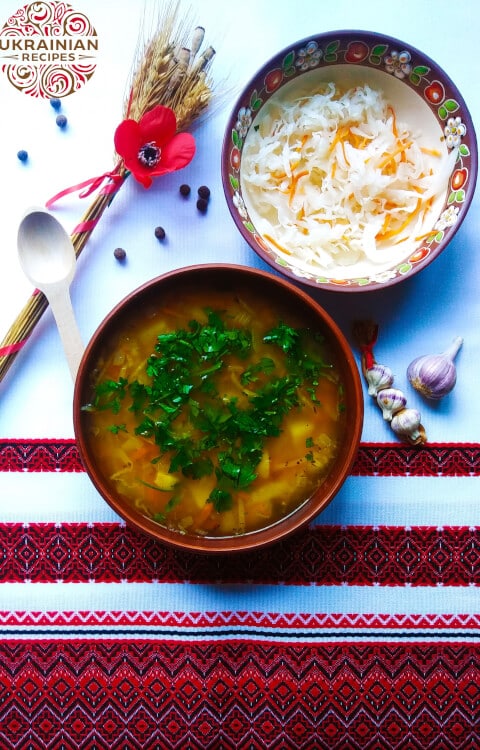It is impossible to imagine Ukrainian traditional cuisine without its main symbol – borscht. Over its evolving history, this dish has undergone numerous transformations: some ingredients were replaced, and others became familiar. However, one thing remains unchanged: Ukrainians in all regions of Ukraine adore borsch and cook it constantly.
To date, more than 70 recipes for Ukrainian borshch are known. Moreover, these are the recipes that have been thoroughly described and documented. Consider how many variations of this dish exist as each family adds its unique touch.
Have you ever considered how traditional borscht differs from what modern Ukrainians cook? At first glance, this is the same dish, deep red in color with a thick texture. However, ancient borsch was prepared in a rather unusual way from the point of view of modern people.
We are talking about a unique ancient recipe for Ukrainian borshch with kvas, which was shown on Tasting History. More than 1.6 million people watch this YouTube channel. The channel’s author, Max Miller, was consulted by folklorist Daria Antsibor.
Below the video is a recipe for borscht, dated back to 1830. Its significant difference from borshch, familiar to modern Ukrainians, is that it is prepared without potatoes and tomatoes but with beet kvas.
Recipe for ancient Ukrainian borscht
We invite you to try this soup today and discover something new in the familiar. The cooking process includes two stages: first, you need to make beet kvas, and after it is ready, proceed directly to preparing borsch.
Ingredients:
For kvas:
- 3-5 beetroots
- 1 liter warm water
- 1.5 tablespoons salt
- 1 tablespoon sugar
- grated parsnip (to taste)
- spices: parsley, dill, coriander seeds (to taste)
- 2 slices of dark rye bread
For borscht:
- 700 milliliters kvas
- 1 head of cabbage
- 1 kg beets
- 1 kg pork ribs (with bones)
- 225 g salo
- 2 bulb onions
- sour cream for garnishing (to taste)
Cooking:
1. First of all, you need to prepare kvas. To do this, thoroughly rinse and peel the beets, then cut them into pieces of any shape and place them in a bowl. Choose a convenient container, as the kvas will ferment in it for some time. A 1.5-2 liter glass jar best suits this purpose.
2. Put the beet pieces in a jar, pour warm water above (about 1 liter); add salt and spices. Adding sugar and rye bread is very important because these ingredients significantly speed up the fermentation process.
3. Now, all the ingredients for kvas are mixed, and you have to wait 2-3 days. During this time, natural fermentation will occur. The main thing is to leave the jar with the mixture in a room with a temperature (15-25 degrees Celsius) and cover it with a thin cloth.
4. Next, you can proceed directly to preparing ancient Ukrainian borscht. Take a large pan, place pork ribs in the bottom, and fill them with water. Cook the broth over low heat for 2 hours, skimming the foam occasionally.
5. Remove the meat, cut off the bones, and leave it in a separate bowl. Return the bones to the pan and simmer the broth for another hour. During this time, the amount of water should be reduced by half.
6. Strain the broth to remove any remaining foam and small bone fragments. Chop the cabbage into thin strips and grate the beets. Add the vegetables to the broth and deboned meat and cook the borshch for 30 minutes after boiling over low heat.
7. Prepare the roast for the borscht. In a frying pan, fry salo cut into small cubes until golden brown. Pour one half of the salo into the borsch along with beet kvas, and fry the finely diced onion in the other half.
8. Add the prepared roast to the borscht, mix everything well, and add spices to taste. Continue cooking the dish over low heat for another 15 minutes, then let the borscht brew in a warm room for an hour.
Add fresh herbs and sour cream to each plate when serving borsch. Now you can enjoy Ukrainian traditional borscht, prepared according to an old recipe.
As you know, borscht can be hot and cold, meat and vegetarian, pork or fish, red and green… So try all its varieties to find out which variation will be your favorite. We have collected 10 unique recipes for Ukrainian borscht for every taste for you.







